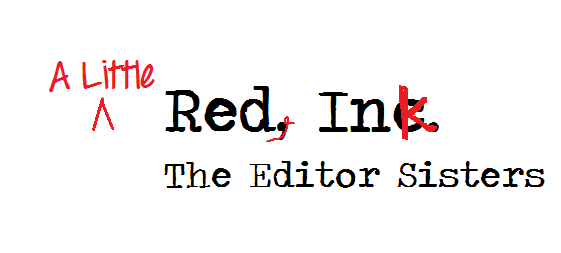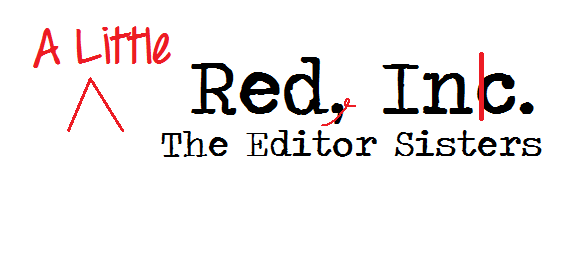
Conferences: Paid Critique
Conferences: The Paid Critique So you’re thinking about attending a writers conference, or perhaps you’ve already registered for one.…
July 29, 2016
Conferences: The Paid Critique So you’re thinking about attending a writers conference, or perhaps you’ve already registered for one.…
July 29, 2016
What is a critique? Well, it’s one of my favorites. A critique is very much like a macro edit,…
May 7, 2016
What is a proofread? I’m sure you know by now the importance of wisdom as you choose a freelance…
April 28, 2016
What is a line edit? It’s not a mere cleaning up of the manuscript. A true line edit can…
December 26, 2015
What is a copy edit? When you’re ready to choose a freelance editor, knowing the level of edit you’re…
December 13, 2015
What is a macro edit? When you’re ready to choose a freelance editor, knowing the level of edit you’re…
November 11, 2015
Choosing a freelance editor can be daunting. So many choices, so many possibilities. And if we’re honest? Many people…
October 2, 2015
Why hire an editor if you’ve got a great critique group and you’re a grammar stud? Answer: A fresh…
August 20, 2015
When you write dialogue, think like a screenwriter. Every minute of screen time, every word counts. Don’t add fluff. …
July 10, 2015
Everybody wants something. Why do YOU want to write, for example? Maybe you want to write a book for…
June 12, 2015